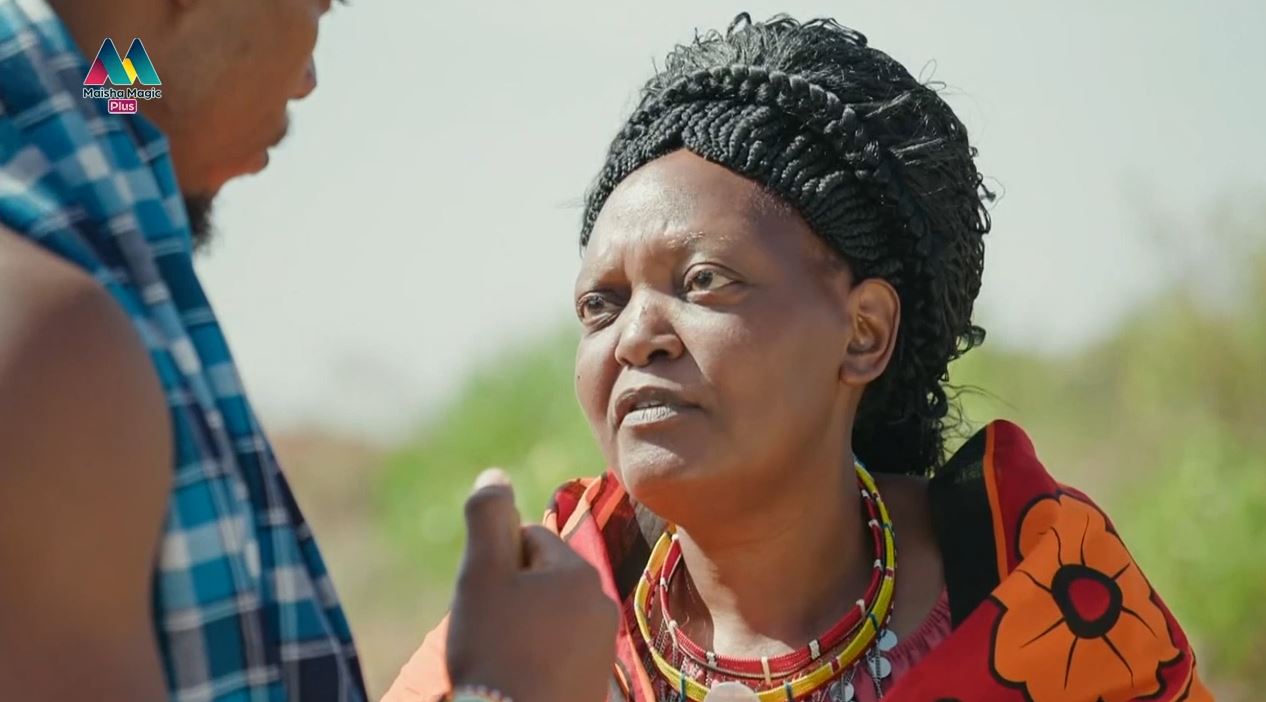Exploring the Lava Blaze X: Specs, Expected Price in Kenyan Shillings, and More
The Lava Blaze X, launched in India on July 10, 2024, is a budget-friendly 5G smartphone from Lava International, an Indian manufacturer known for offering value-driven devices with clean software and modern features. As part of the Blaze series, it combines a curved AMOLED display, reliable performance, and 5G connectivity, targeting the sub-$200 segment. With its Kenyan rollout expected in Q3 2025, the Lava Blaze X aims to compete with brands like Infinix, Tecno, and Realme in Kenya’s budget to mid-range market. Here’s a detailed look at its specifications, expected price in Kenyan Shillings, target audience, and its strongest and weakest features, based on official details and recent reviews.
Specifications of the Lava Blaze X
The Lava Blaze X is designed for users seeking an affordable 5G smartphone with a premium display and solid battery life. Below are its confirmed specifications, compiled from reliable sources:
- Display: 6.67-inch FHD+ 3D Curved AMOLED (2400x1080px, ~394ppi), 120Hz refresh rate, 800 nits peak brightness, 10-bit color, Widevine L1 support for HD streaming, in-display fingerprint sensor, Corning Gorilla Glass 3.
- Processor: MediaTek Dimensity 6300 (6nm), Octa-core (2×2.4 GHz Cortex-A76 & 6×2.0 GHz Cortex-A55), Mali-G57 MC2 GPU.
- RAM and Storage: 4GB/128GB, 6GB/128GB, or 8GB/128GB (LPDDR5 RAM, UFS 2.2 storage), up to 8GB virtual RAM, expandable via microSD card (up to 1TB, dedicated slot).
- Camera System:
- Rear: Dual setup with 64MP main (f/1.8, Sony sensor, wide) and 2MP macro (f/2.4).
- Front: 16MP selfie camera.
- Features AI enhancements (Night Mode, Portrait Mode), 1080p@30fps video recording, LED flash.
- Battery: 5000mAh (non-removable Li-Po), 33W fast charging (50% in ~25 minutes), charger included in select variants.
- Operating System: Android 14, with 2 years of OS updates (up to Android 16) and 3 years of security patches (until 2027), clean UI with no ads or bloatware.
- Durability: No official IP rating, plastic frame, glass back, drop-resistant design with Corning Gorilla Glass 3.
- Connectivity: 5G (multiple bands), Wi-Fi 5, Bluetooth 5.2, NFC, USB-C 2.0, 3.5mm headphone jack, dual SIM (Nano+Nano).
- Design: Sleek design with a curved display, centrally aligned round camera module, available in Starlight Purple and Titanium Grey, dimensions 162.4×73.9×8.5mm, weight 183g.
- Additional Features: Single speaker, face unlock, Type-C to 3.5mm adapter included, sensors (accelerometer, proximity, ambient light).
Expected Price in Kenyan Shillings
In India, the Lava Blaze X is priced at ₹14,999 ($178 USD) for the 4GB/128GB variant, ₹15,999 ($190 USD) for the 6GB/128GB variant, and ₹16,999 ($202 USD) for the 8GB/128GB variant, with prices occasionally dropping to ₹13,999 ($166 USD) with bank offers. In Bangladesh, it retails at BDT 20,000 (~$167 USD). In Kenya, smartphone prices typically include import duties, taxes, and retailer margins, inflating costs. Based on the current exchange rate (1 USD ≈ 130 KES as of June 2025) and local market trends, the Lava Blaze X is expected to retail in Kenya for KES 23,000–27,000 for the 4GB/128GB variant, KES 25,000–29,000 for the 6GB/128GB variant, and KES 27,000–32,000 for the 8GB/128GB variant. These prices position it against budget competitors like the Infinix Hot 50 5G, Tecno POVA Curve 5G, and Samsung Galaxy A16 in Kenya’s market.
Pricing may vary based on promotions, carrier deals, or retailers like Jumia Kenya, Safaricom shops, or Lava’s partners. Availability in Kenya is expected in Q3 2025 (July–September), with sales via online platforms or local stores, potentially with offers like bank discounts or free accessories.
Who Is the Lava Blaze X Best For?
The Lava Blaze X is designed for budget-conscious users seeking a modern 5G smartphone with a premium display and reliable performance. Its target audience includes:
- Students and Young Users: The 6.67-inch curved AMOLED display with 120Hz refresh rate and 5G connectivity is ideal for streaming, social media, and browsing, appealing to Kenya’s Gen Z.
- Casual Gamers: The Dimensity 6300 chipset (AnTuTu score ~450,000) supports casual gaming titles like Free Fire or Call of Duty: Mobile at medium settings, suitable for budget gamers.
- Social Media Enthusiasts: The 64MP main camera delivers decent daylight photos for Instagram or WhatsApp, catering to casual content creators.
- Multimedia Consumers: The AMOLED display with Widevine L1 support and single speaker ensures a good experience for Netflix or YouTube, enhanced by the 3.5mm headphone jack.
- Value-Driven Buyers: Kenyan consumers in the KES 23,000–32,000 range seeking 5G, expandable storage, and a clean Android UI will find it a compelling alternative to Infinix, Tecno, or Realme.
The Blaze X is particularly appealing to Kenyan youth and first-time smartphone buyers prioritizing affordability, display quality, and future-proof connectivity.
Strongest Features
- Curved AMOLED Display: The 6.67-inch FHD+ 3D Curved AMOLED with 120Hz refresh rate and 800 nits brightness offers vibrant colors and smooth scrolling, a segment-first feature that rivals pricier phones like the Infinix Note 50x 5G.
- Affordable 5G Connectivity: The MediaTek Dimensity 6300 chipset supports multiple 5G bands, ensuring future-proof connectivity for Kenya’s expanding 5G networks, a standout at this price point.
- Expandable Storage: MicroSD support (up to 1TB) via a dedicated slot provides flexibility for media-heavy users, unlike competitors like the Infinix Zero 50 5G, which lack expandable storage.
- Clean Android Experience: Android 14 with no ads or bloatware, plus 2 years of OS updates (to Android 16) and 3 years of security patches, ensures a smooth, reliable user experience.
- Solid Battery Life: The 5000mAh battery lasts 1.5–2 days with moderate use, and 33W fast charging (50% in ~25 minutes) is competitive for the price range.
Weakest Features
- Average Camera Performance: The 64MP main camera performs well in daylight, but the 2MP macro lens is underwhelming, and low-light photography produces noisy images, trailing rivals like the Tecno POVA Curve 5G with better ultrawide sensors.
- Single Speaker: The single speaker limits audio immersion compared to dual-speaker setups on competitors like the Lava Agni 3 or Infinix Note 50x 5G.
- No IP Rating: Unlike the IP64-rated Lava Agni 3 or Infinix Hot 50 5G, the Blaze X lacks an official IP rating, reducing durability against dust and water.
- Limited Software Updates: The 2-year OS update promise (to Android 16) and 3 years of security patches are modest compared to Samsung’s 4–7 years or Google’s 7 years, limiting long-term value.
- Brand and Service Challenges: Lava’s limited brand presence and after-sales support in Kenya may raise concerns compared to established brands like Samsung or Infinix.
Addressing the “Lava Blaze X” Query
The Lava Blaze X, launched on July 10, 2024, is a 5G smartphone, not a “6G” device, as 6G technology is not expected until ~2030. Some sources (e.g.,) inaccurately list a 6.5-inch HD+ display or Dimensity 700 chipset, but official details confirm a 6.67-inch FHD+ AMOLED and Dimensity 6300. A post on X hints at a new Blaze series model with an AMOLED display in July 2025 (), but no specific “Blaze X” successor is confirmed. The current Blaze X remains relevant for 2025.
Conclusion
The Lava Blaze X, launched in India on July 10, 2024, with a Kenyan rollout expected in Q3 2025, is a budget 5G smartphone priced at KES 23,000–32,000. Its 6.67-inch curved AMOLED display, Dimensity 6300 chipset, 5000mAh battery with 33W charging, and microSD support make it ideal for students, casual gamers, and social media enthusiasts. The clean Android UI and 5G connectivity enhance its appeal for Kenyan youth seeking value-driven devices.
However, its average camera performance, single speaker, lack of an IP rating, and limited software updates may deter users prioritizing photography, audio immersion, or long-term support. Compared to rivals like the Infinix Hot 50 5G or Tecno POVA Curve 5G, the Blaze X excels in display quality but lags in camera versatility and durability. Kenyan consumers can expect it at retailers like Jumia, Safaricom, or Lava’s partners in mid-2025, with potential offers like bank discounts or free accessories boosting its value in the KES 23,000–32,000 segment.
Sources: Information compiled from GSMArena, Gadgets 360, The Hindu, Smartprix, Bajaj Finserv, 91mobiles.com, and posts on X, with Kenyan pricing estimated based on Indian and Bangladeshi pricing and local market trends.
FUGITIVES SEEKING JUSTICE MONDAY JUNE 30TH 2025 FULL EPISODE PART 1 AND PART 2 COMBINED










You must be logged in to post a comment.